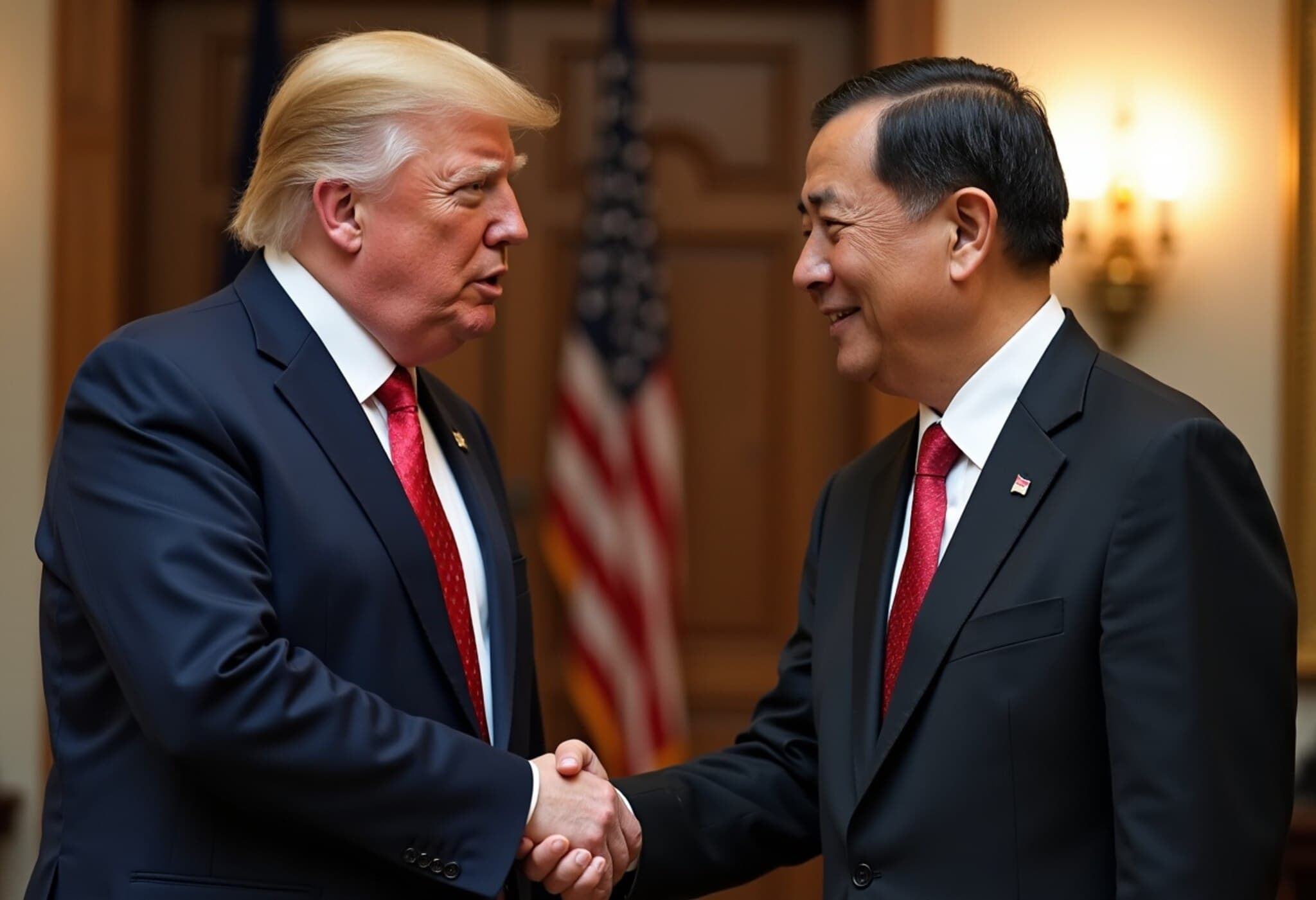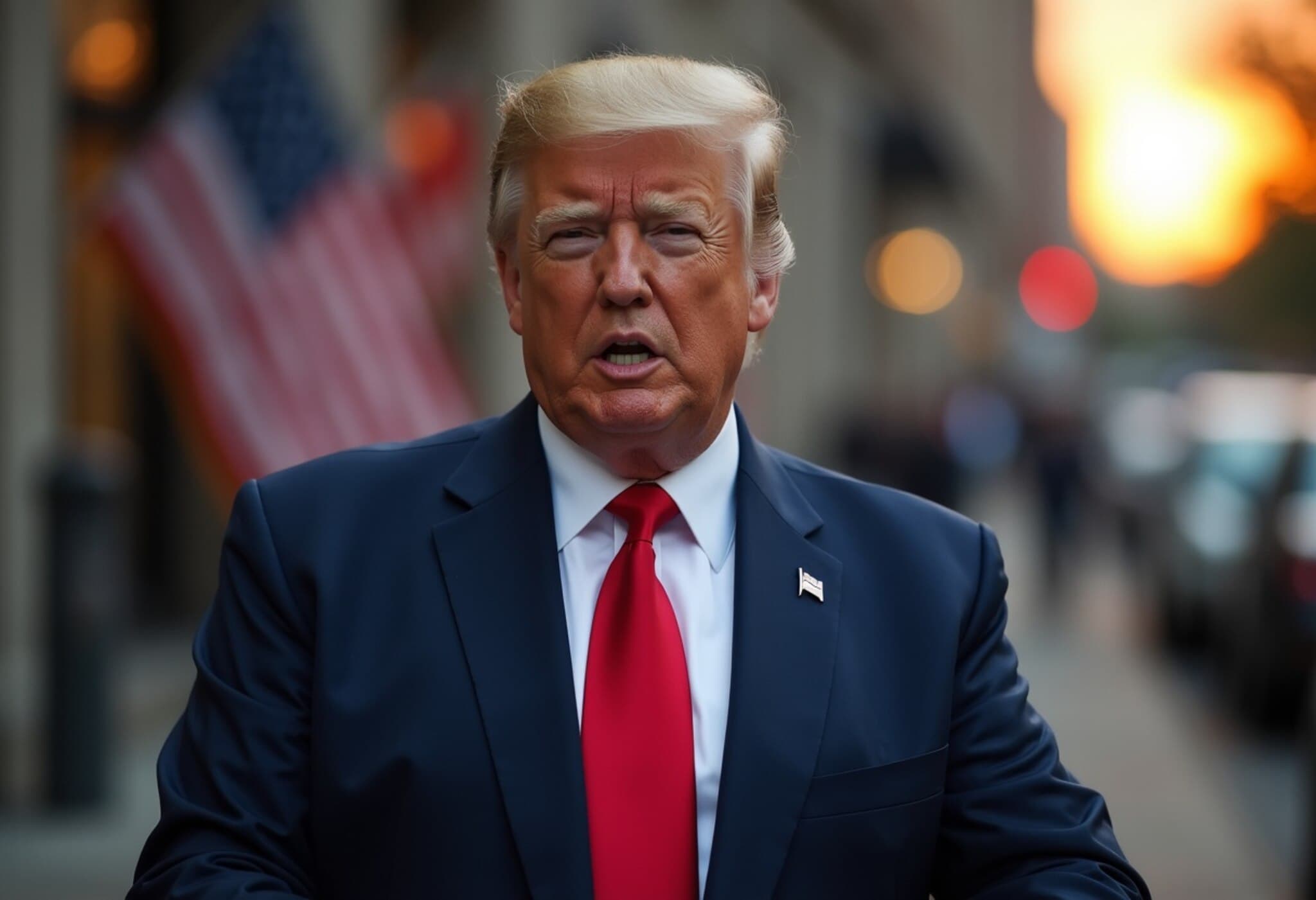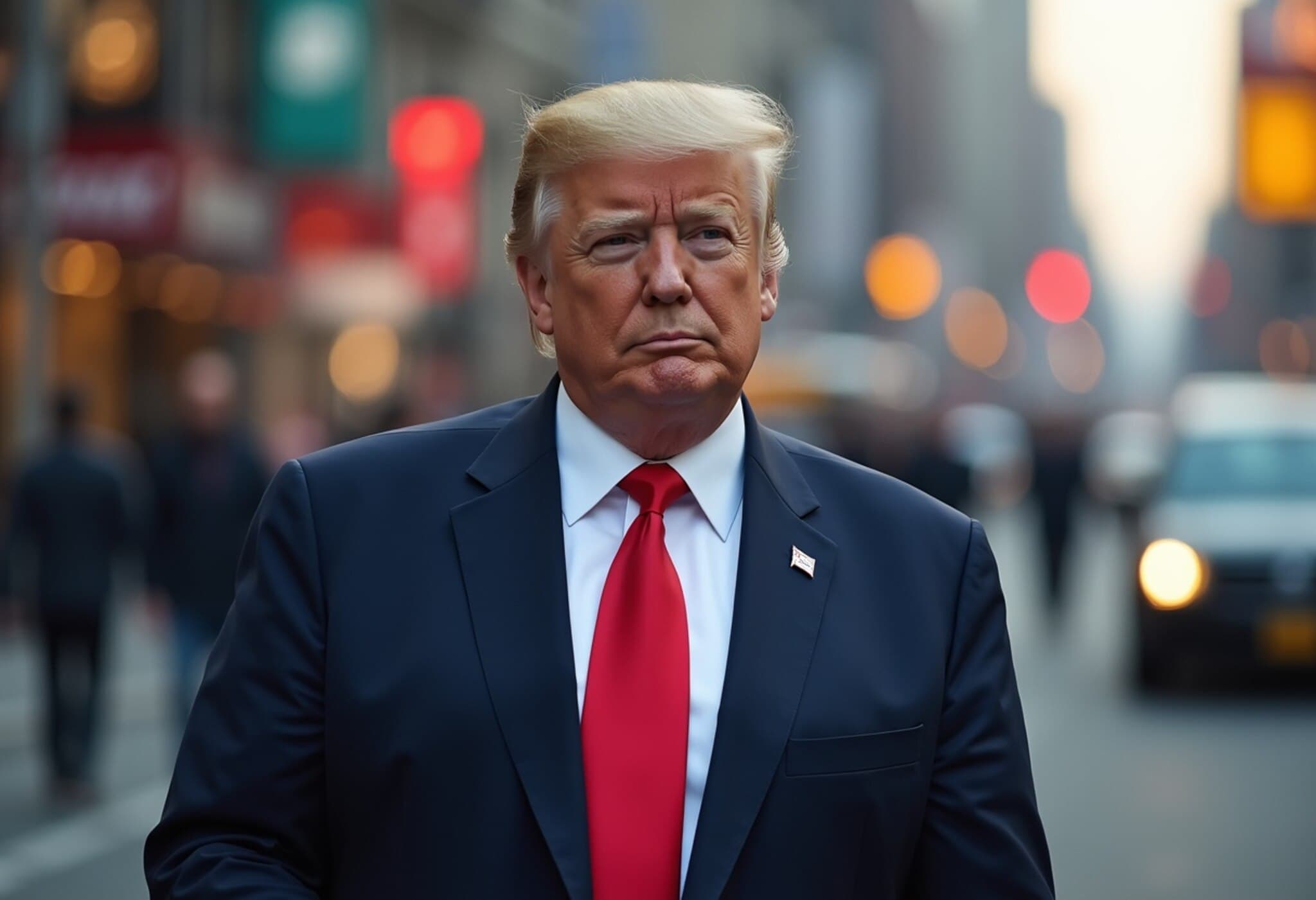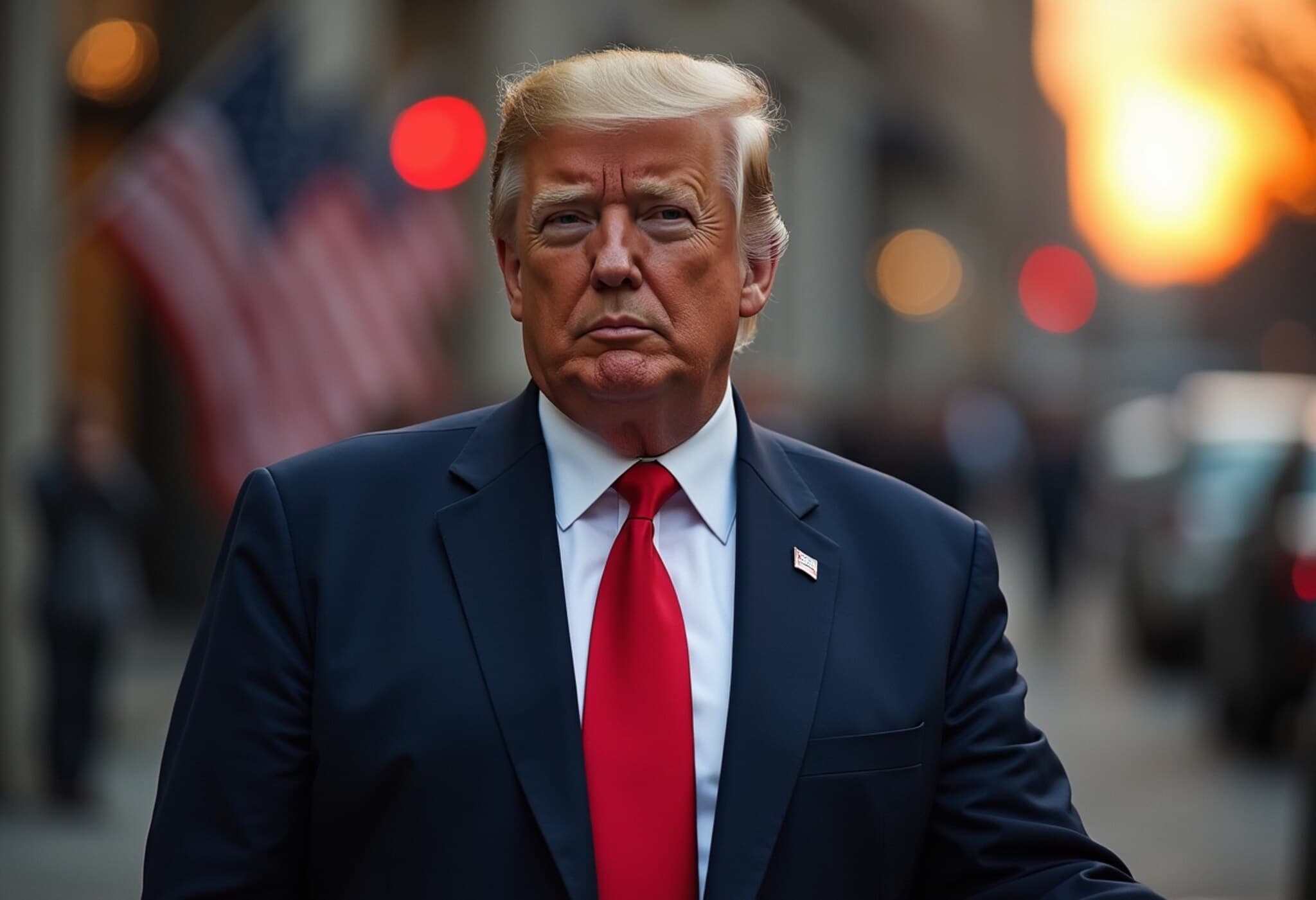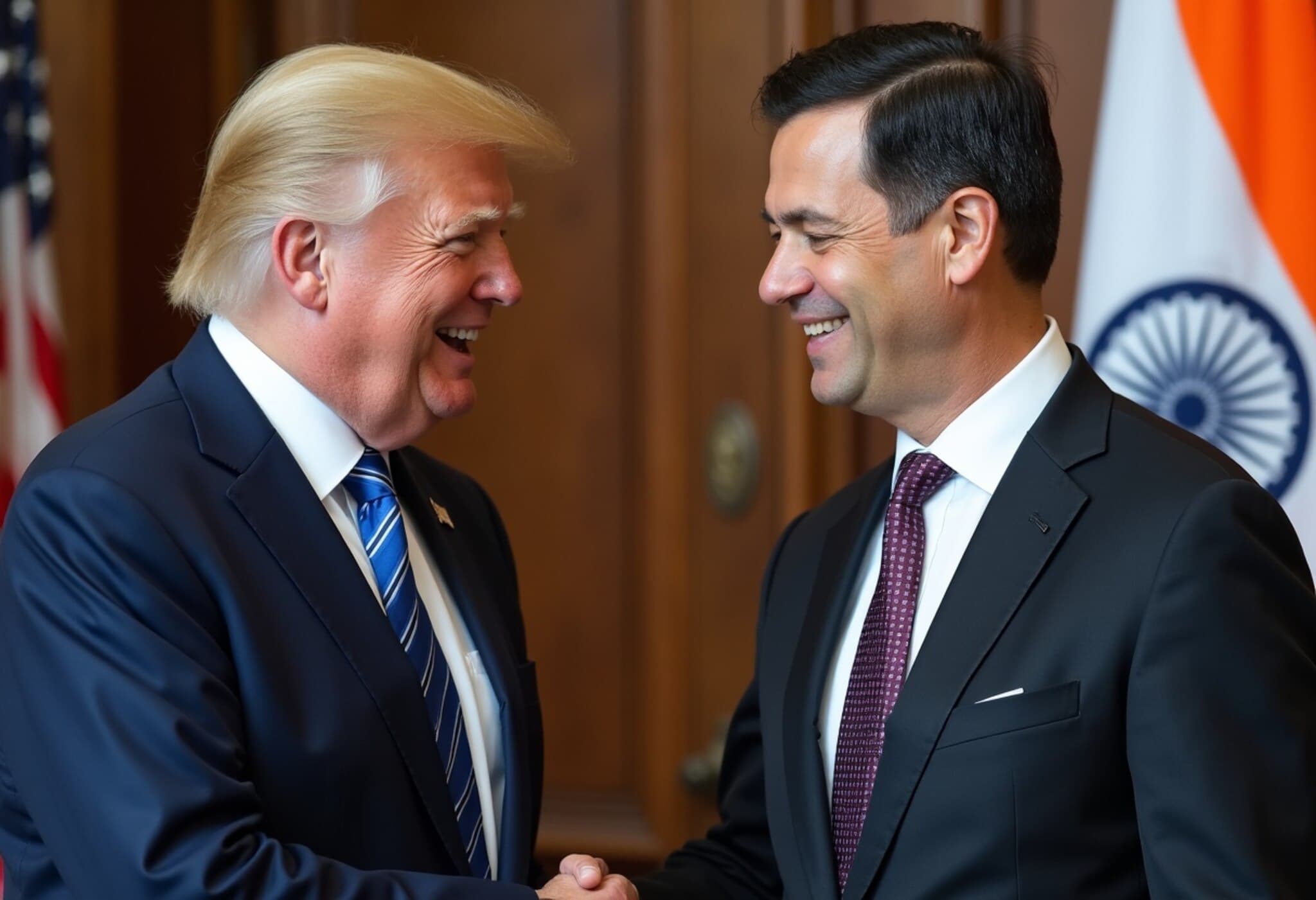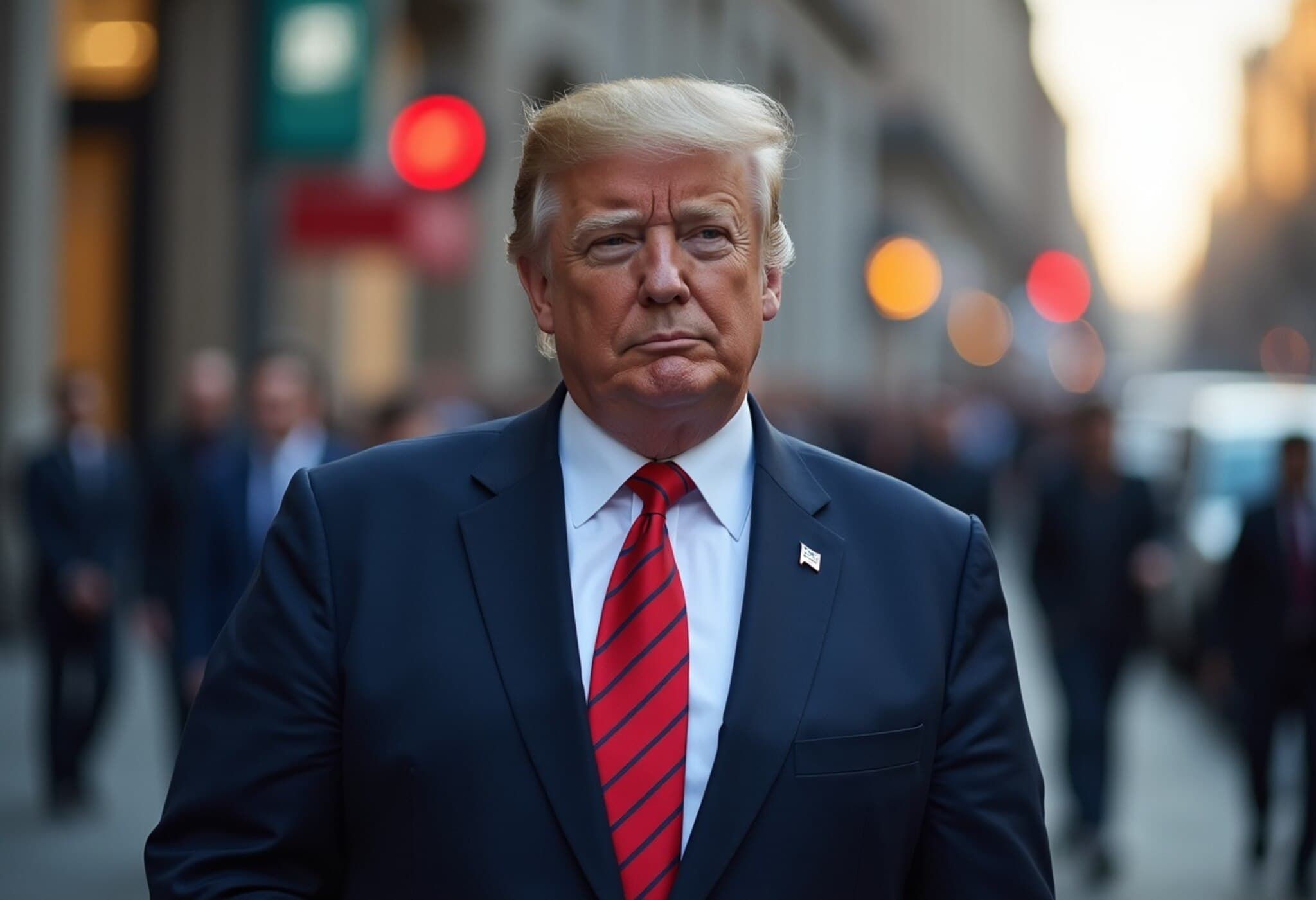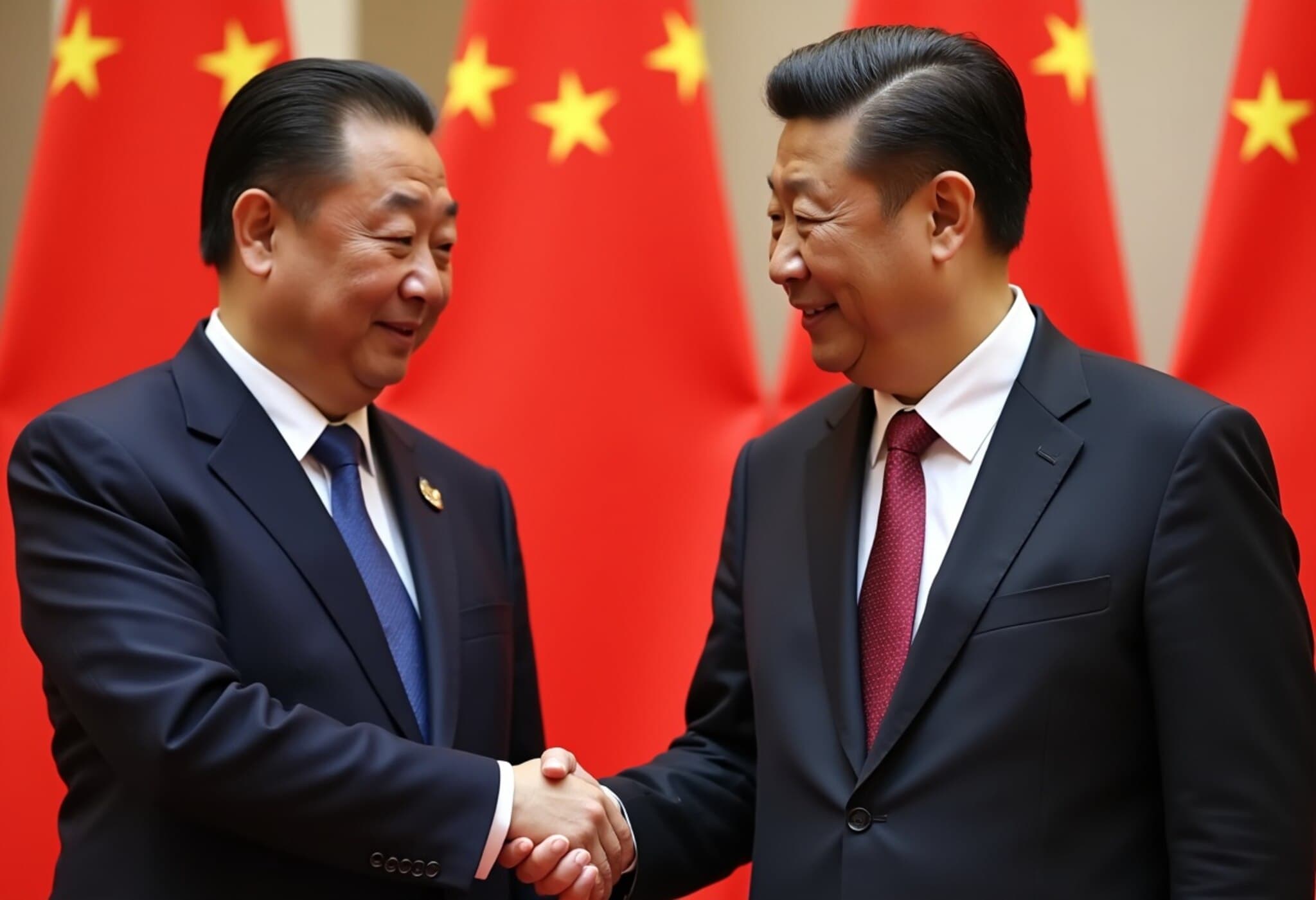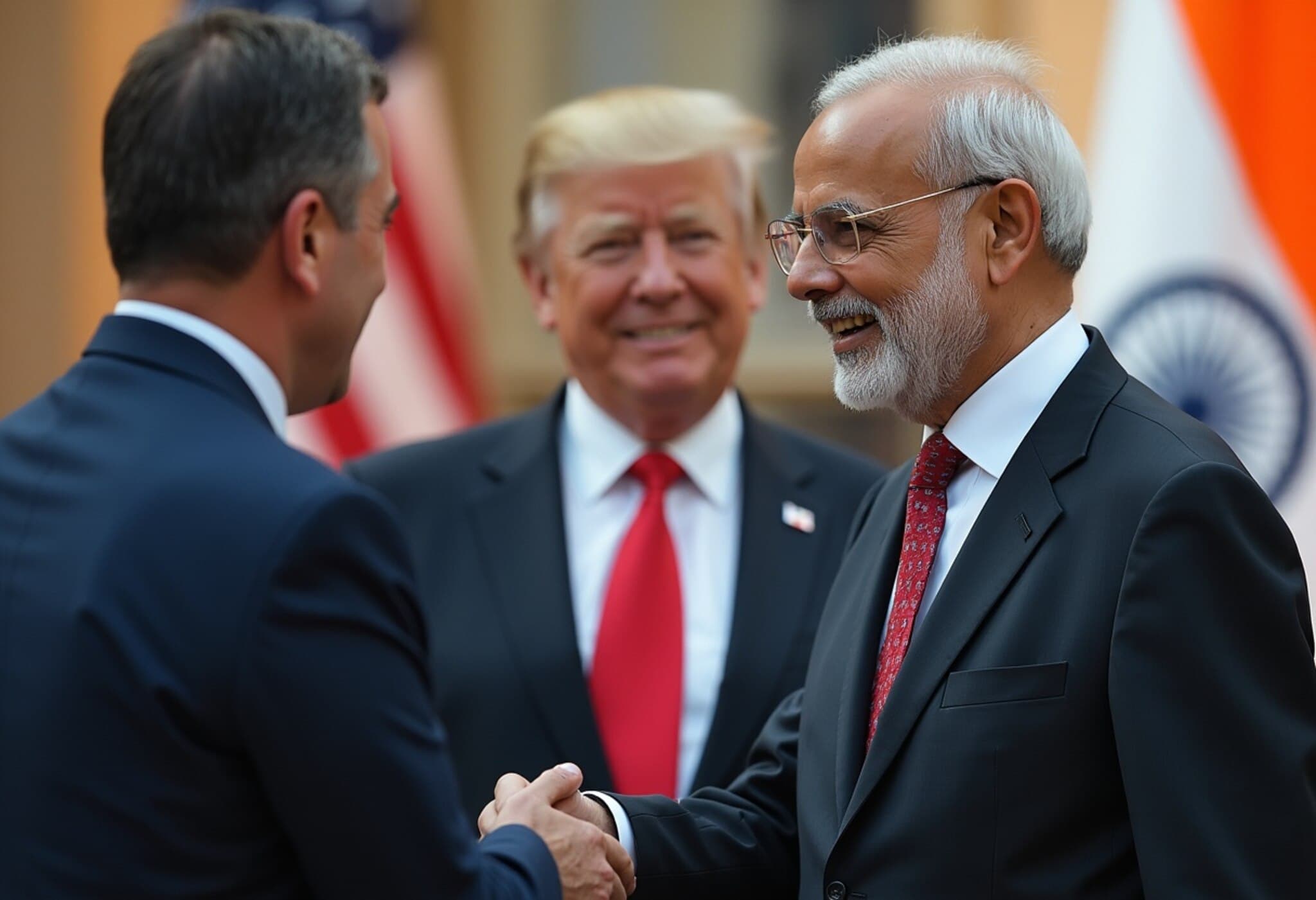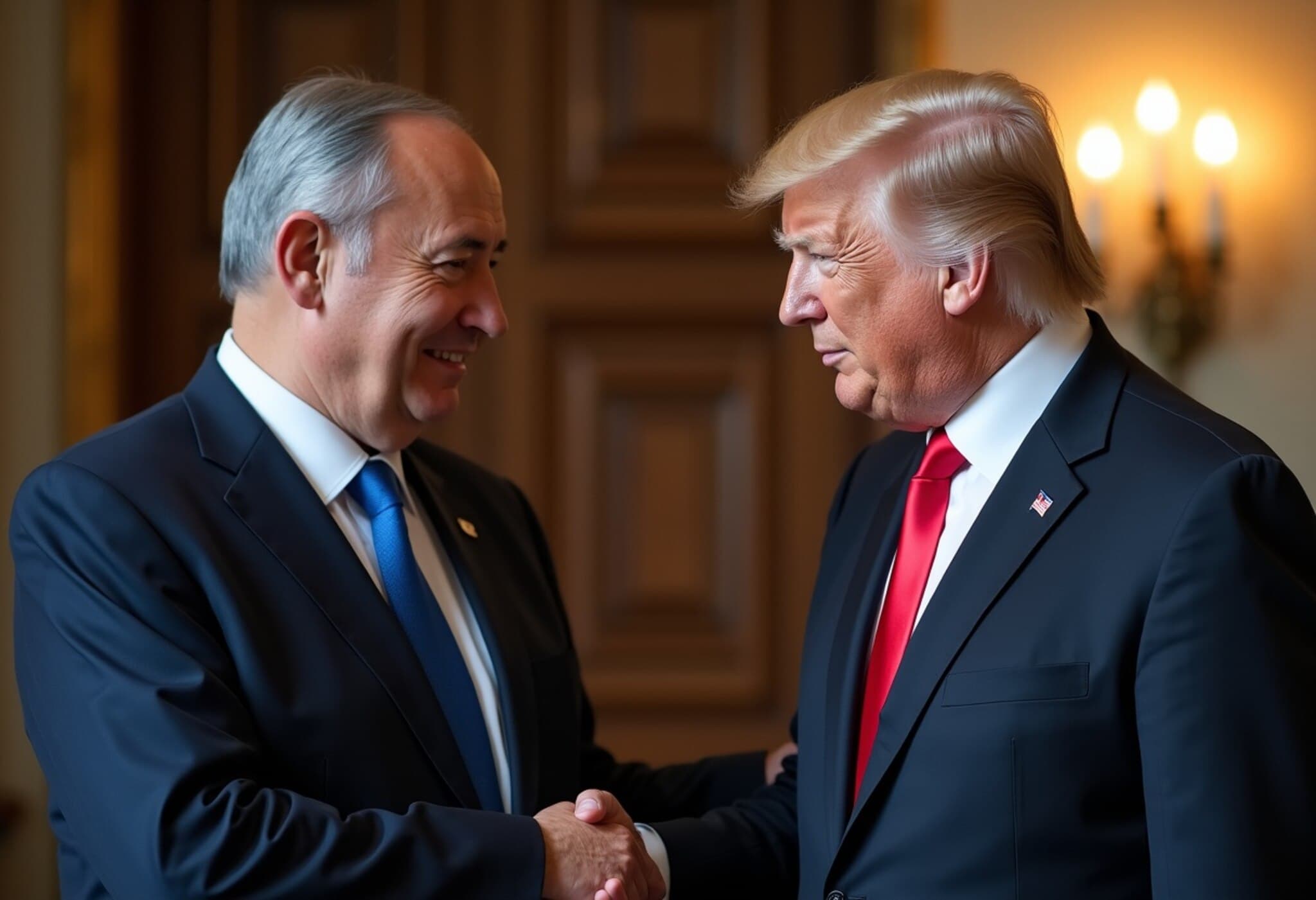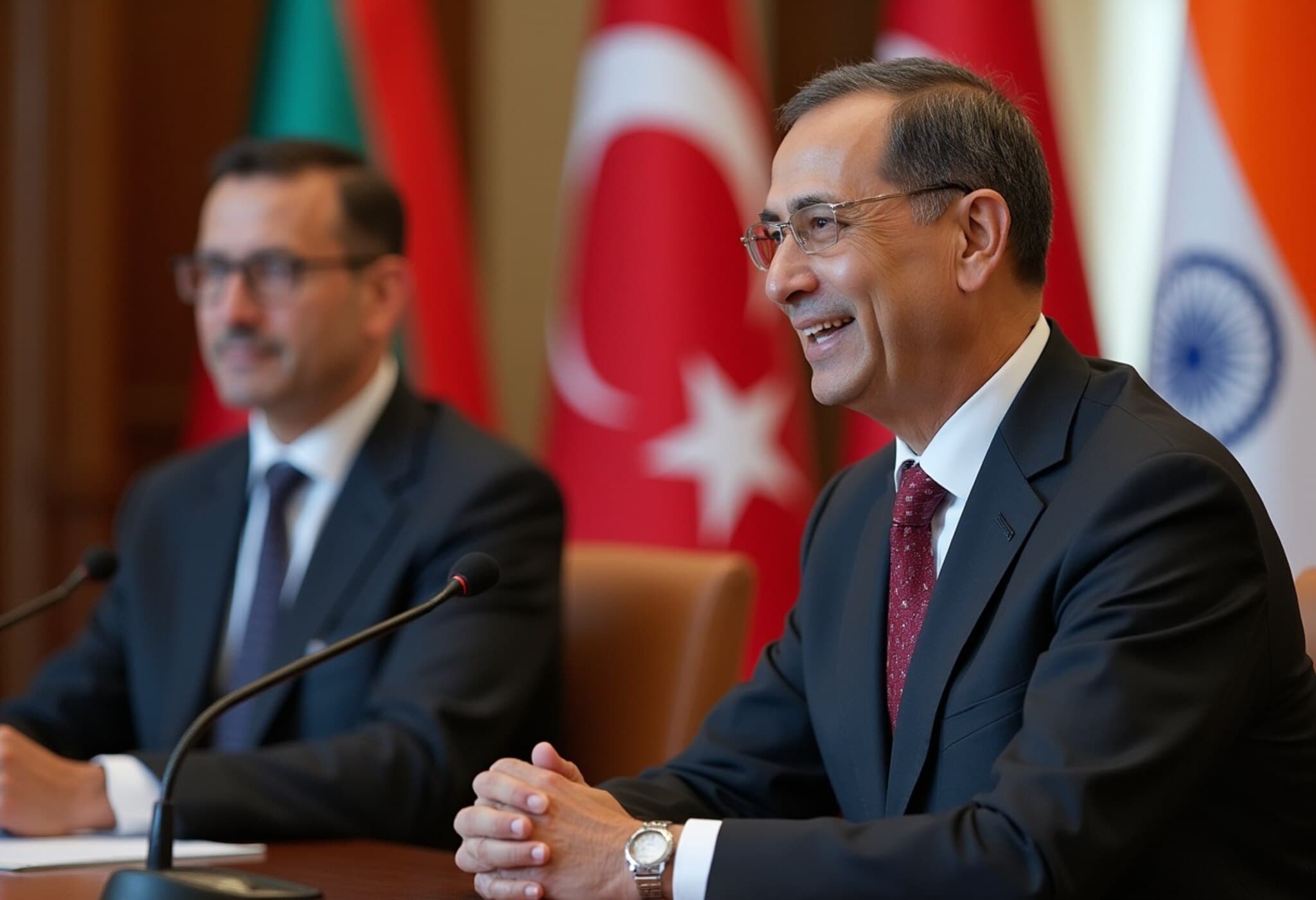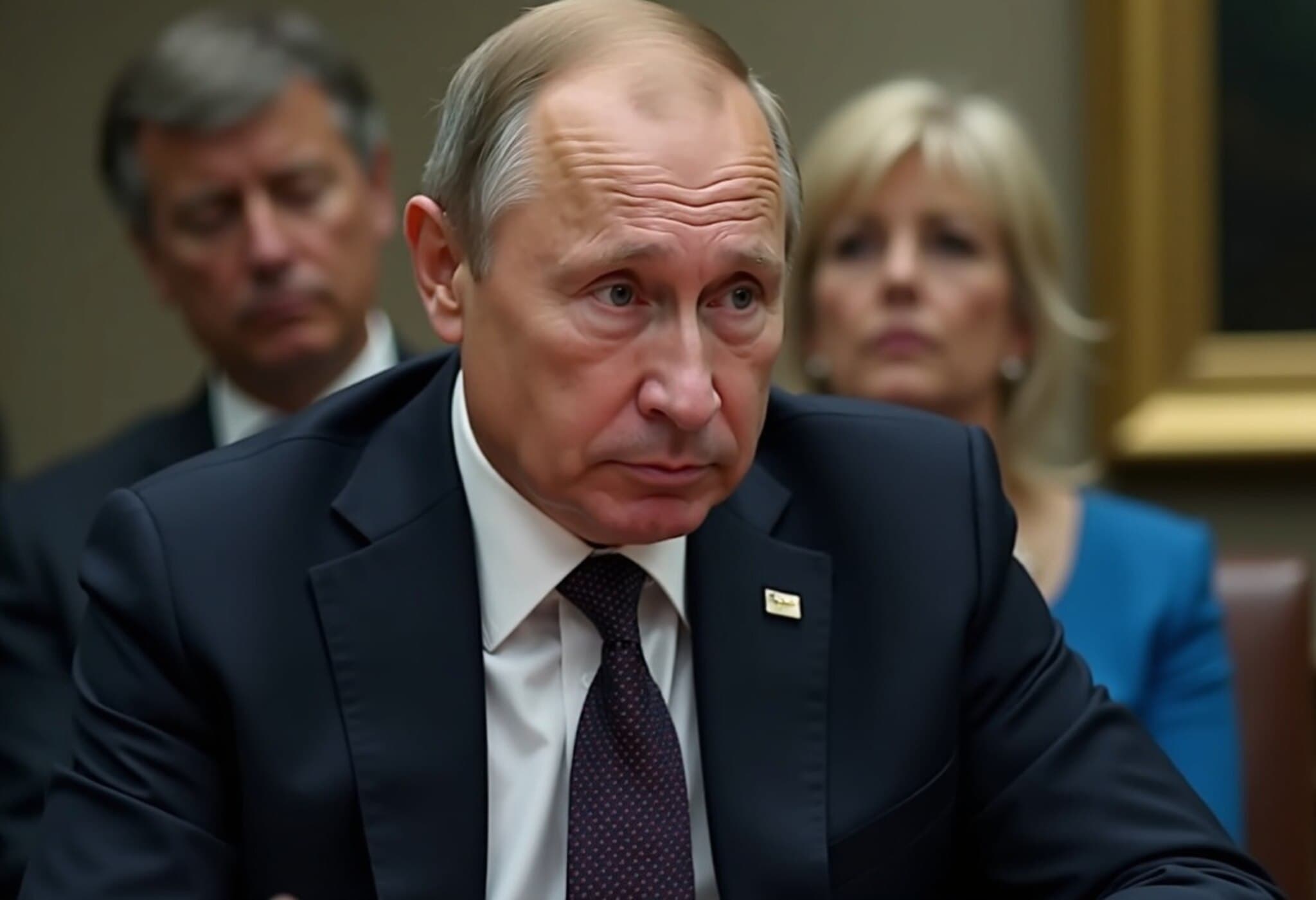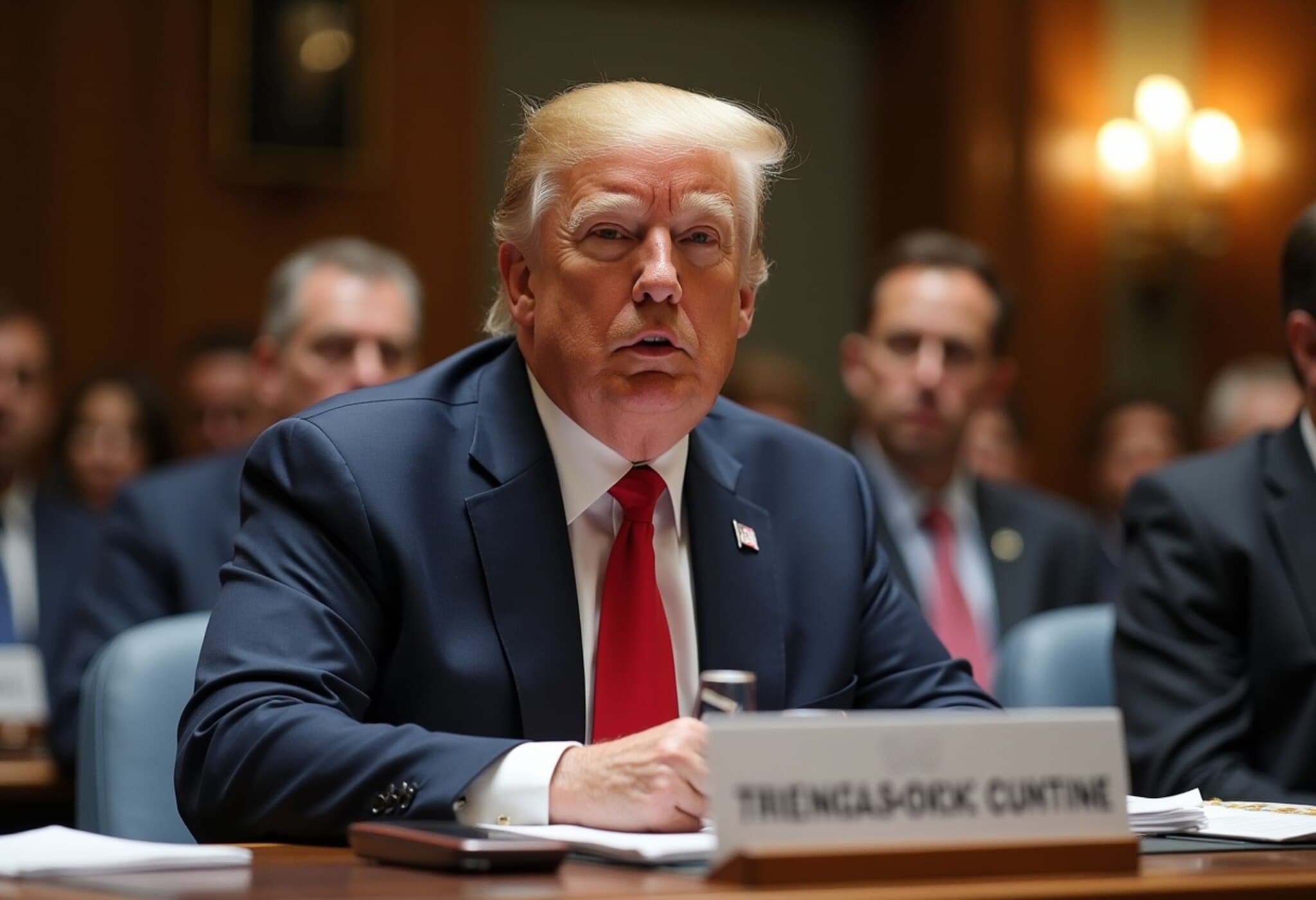Trump Unveils New Trade Agreement with the Philippines Amidst Tariff Controversy
On July 22, 2025, US President Donald Trump announced a new trade arrangement with the Philippines, applying a 19% tariff on Philippine goods entering the United States. This development came immediately following a meeting with Philippine President Ferdinand Marcos Jr. at the White House, marking a notable moment in bilateral economic relations.
Trade Deal Details: An Unconventional Arrangement
Despite the announcement's fanfare, the agreement’s specifics remain somewhat opaque. Trump took to Truth Social to declare the deal, stating, "It was a beautiful visit, and we concluded our Trade Deal, whereby The Philippines is going OPEN MARKET with the United States, and ZERO Tariffs. The Philippines will pay a 19% Tariff." However, this phrasing has led to some confusion, as it appears American goods will enter the Philippines tariff-free, whereas Philippine exports to the US will incur a significant tariff.
This trade setup is a departure from typical arrangements, which tend toward mutual tariff reductions. Experts highlight that the asymmetrical tariff structure could tilt economic benefits toward the US, potentially impacting Philippine exporters negatively.
Context: The Road to the 19% Tariff
Earlier this year, Trump imposed a 17% reciprocal tariff on Philippine goods, reflecting ongoing tensions in trade negotiations. The tariff was temporarily suspended but had threatened to escalate to 20% by August 1, should a deal not be reached. Trump’s tougher stance aims to protect American industries while negotiating terms more favorable to the US economy.
During the Oval Office press briefing on the same day, Trump initially expressed skepticism about sealing a deal, saying, "I’m not ready to make a deal with him. He’s negotiating too tough," before conceding that an agreement was likely. This candor provides a window into the delicate balance of diplomatic bargaining in trade agreements.
Market and Policy Implications
Financial markets reacted minimally to the announcement. The Dow Jones Industrial Average nudged up by 115 points (0.26%), the S&P 500 held steady, and the Nasdaq saw a slight dip of 0.37%. The muted response suggests investors are cautiously digesting the potential long-term impacts.
From a policy perspective, this asymmetrical tariff scheme raises critical questions about trade equity and economic diplomacy. American exporters gain unhindered access to the Philippine market, yet Philippine exporters face a substantial cost barrier entering the US. Economists warn that such imbalances might provoke retaliatory measures or long-term diplomatic friction.
Regional and Global Context
For the Philippines, a country reliant on exports and remittances, the introduced tariff may pressure domestic industries and complicate efforts to strengthen economic ties in the Asia-Pacific region. This deal also signals a strategic posture by the US amid rising competition with China for regional influence, positioning closer ties with Southeast Asian nations through assertive trade policies.
Looking Ahead: Key Questions for Stakeholders
- Will the Philippines seek to negotiate tariff reductions or retaliate diplomatically?
- How will American businesses capitalize on zero tariffs entering the Philippine market?
- Could this asymmetry affect the broader US strategy in the Asia-Pacific trade ecosystem?
- What role will this deal play in the upcoming US and Philippine economic policies?
Expert Insight
Trade policy analysts note that while tariffs can be used as leverage in negotiations, "Imbalanced trade agreements risk undermining long-term partnerships and could invite economic instability." They advise both sides to maintain open dialogue to recalibrate the agreement ensuring mutual benefit.
Editor's Note
This trade agreement between the United States and the Philippines reflects a broader shift in US trade diplomacy—favoring assertive tariffs combined with selective market liberalization. While touted as opening the Philippine market to American goods tariff-free, the imposition of a steep 19% tariff on Philippine exports to the US flips traditional trade benefits and could sow seeds for future dispute. Observers should watch how both economies adapt to this recalibrated relationship and consider its ripple effects amid global trade realignments.

